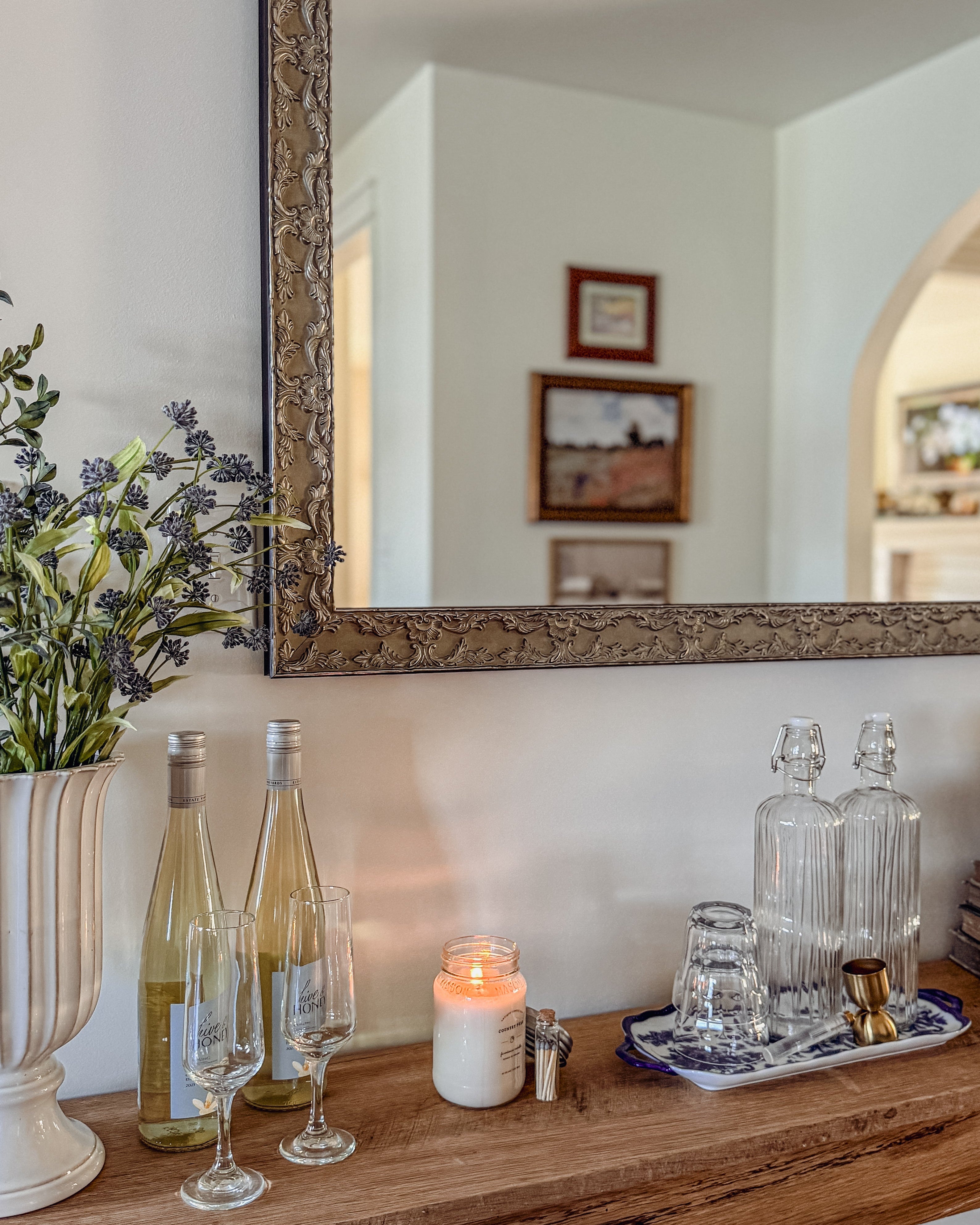If you own a mirror that's turning black around the edges, then you're witnessing chemistry in action. Unfortunately, this isn't a science experiment, but a piece of your home that can be costly to replace.
Mirrors are created when one side of a piece of glass is coated with silver nitrate, transforming it into a mirror. A coat of copper sulfate is applied over the silver nitrate to protect it from damage, then a coat of paint is added to seal the back of the mirror. This prevents the elements from coming in contact with the silver nitrate and copper sulfate coatings.
"Mirror rot" happens when those protective coatings are compromised and the silver nitrate is exposed. Even if your mirror is mounted on the wall, the silver nitrate will begin to react with particles in the air, moisture, or even the products you use for mirror cleaning. The silver nitrate and the copper sulfate oxidize, and the result is black edges on your mirror.
The good news is that black edge doesn't usually advance further than a couple of inches from the edge of your mirror. The even better news is that the dark edges on your mirror can be easily and economically covered with an Add A Frame from Frame My Mirror. A custom framed mirror will hide the black edge, and you get an instant style update when you add a frame to a wall mirror.

Add A Frame's mirror frame kits are easy to measure, assemble and install. The black edges hidden underneath your Add A Frame will be our little secret.



